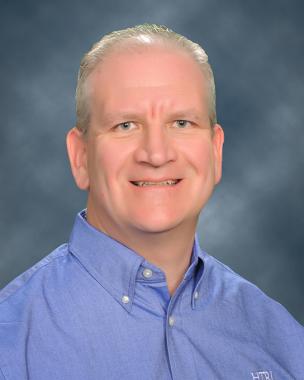Topic: Effective Troubleshooting of Shell-and-Tube Heat Exchangers using CFD
The complex physics inherent in modern multiphase process heat exchangers, driven by increasingly lower temperature approaches and high effectiveness targets, mandates that troubleshooting skills be comprehensive and expedient. While the modeling capability, fidelity, and execution speed of computational fluid dynamics (CFD) continue to evolve, solution times and the requisite pre- and post-processing activities still generally exceed the available time frame for the engineer urgently diagnosing a problem exchanger in the plant. However, various modeling approaches can significantly decrease turnaround times for CFD studies. Porous media modeling can accelerate CFD solution times and maintain high accuracy via the f- and j-factors vs. pitch and layout angle relationships HTRI has developed over many years of industrial R&D. CFD can even efficiently model exchangers with phase change, like reboilers or condensers, when coupled with HTRI’s Xchanger Suite®. Computing the phase change fundamentally in the CFD simulation substantially increases the complexity and duration of that simulation with dubious accuracy. The spatial distribution of vapor sources (reboiler) or sinks (condenser) in the porous medium (representing the tube bundle) can be input to the CFD simulation from the output of HTRI’s control volume analysis in Xist®, which is backed by over five decades of empirical data and analysis. The synergistic use of HTRI’s control volume, empirical-based approach for the thermal behavior with a traditional CFD approach for the hydraulic behavior provides an accurate and timely solution that can impact troubleshooting activities. To demonstrate the utility of this approach, we present a few case studies concerning thermal performance and flow-induced vibration issues.
Speaker: Kevin J. Farrell, PhD, PE
 Kevin J. Farrell, Principal Engineer, Computational Simulation & Validation, graduated from Pennsylvania State University, State College, Pennsylvania, USA, with his BS, MS, and PhD in Mechanical Engineering. His areas of expertise include fluid dynamics, vibration, and thermal engineering. His responsibilities at HTRI focus on flow-induced vibration, computational fluid dynamics (CFD), visualization studies, and fired heaters. Prior to joining HTRI, he worked for 16 years as a researcher and deputy head of the Fluid Machinery Department of the Applied Research Laboratory (ARL) at Pennsylvania State University. A member of ASME and ASTFE, Farrell is a licensed Professional Engineer (PE) in Pennsylvania and Texas, USA.
Kevin J. Farrell, Principal Engineer, Computational Simulation & Validation, graduated from Pennsylvania State University, State College, Pennsylvania, USA, with his BS, MS, and PhD in Mechanical Engineering. His areas of expertise include fluid dynamics, vibration, and thermal engineering. His responsibilities at HTRI focus on flow-induced vibration, computational fluid dynamics (CFD), visualization studies, and fired heaters. Prior to joining HTRI, he worked for 16 years as a researcher and deputy head of the Fluid Machinery Department of the Applied Research Laboratory (ARL) at Pennsylvania State University. A member of ASME and ASTFE, Farrell is a licensed Professional Engineer (PE) in Pennsylvania and Texas, USA.
- Log in to post comments
